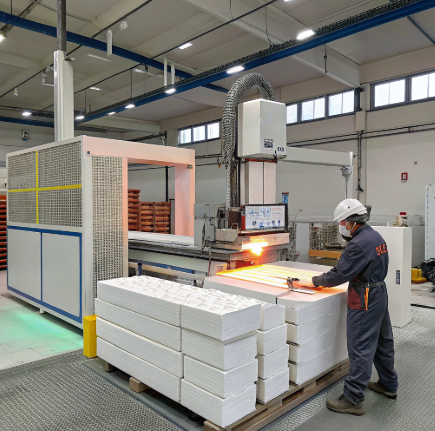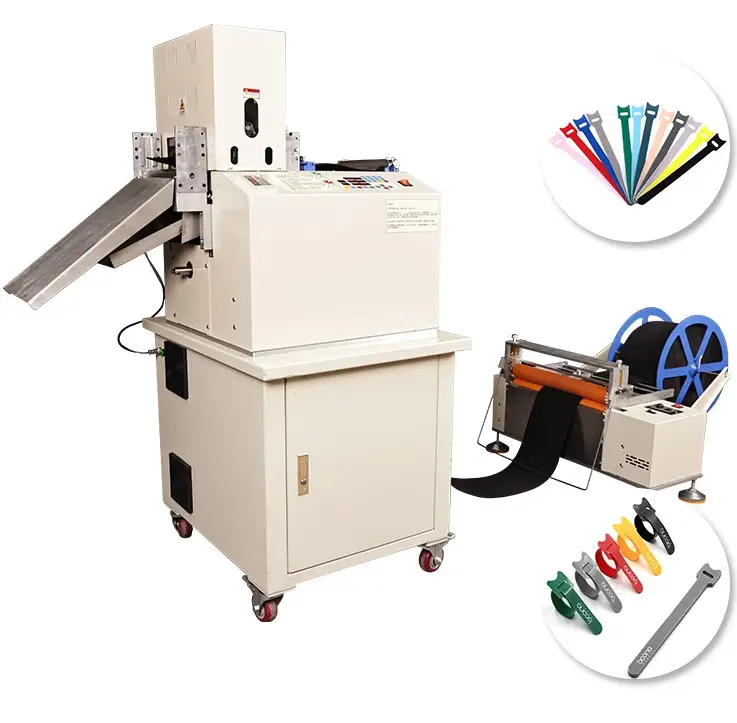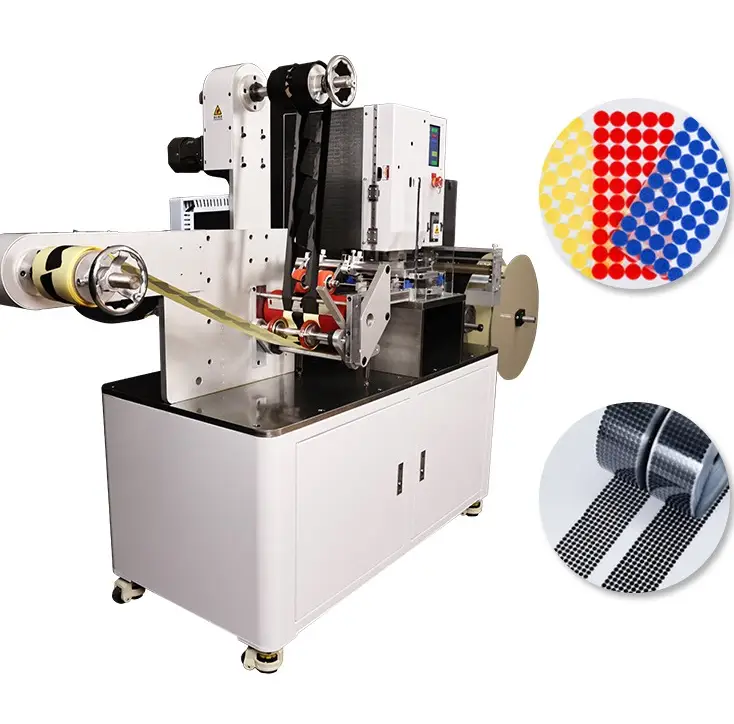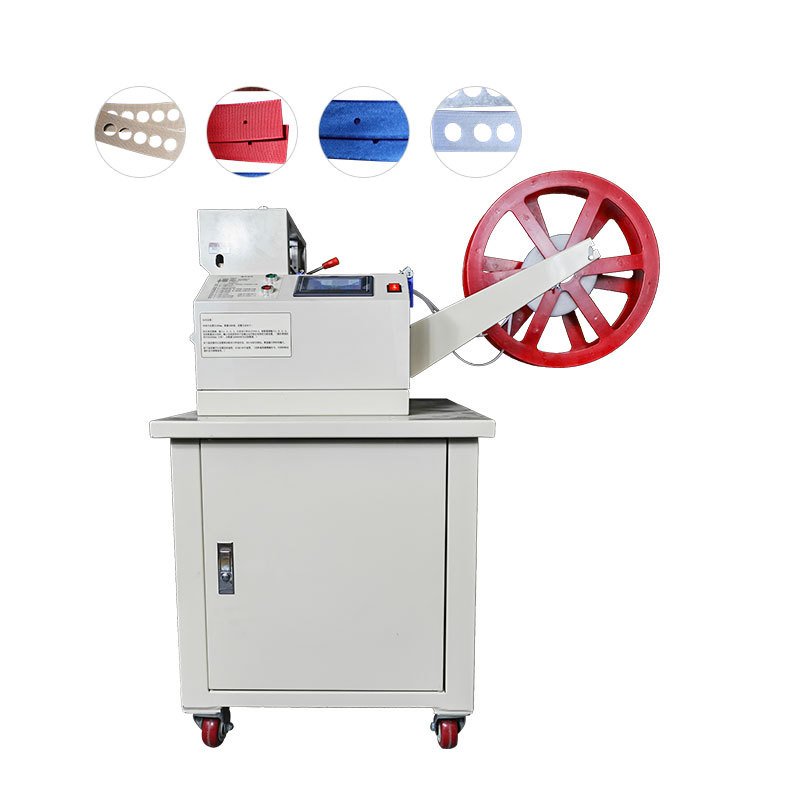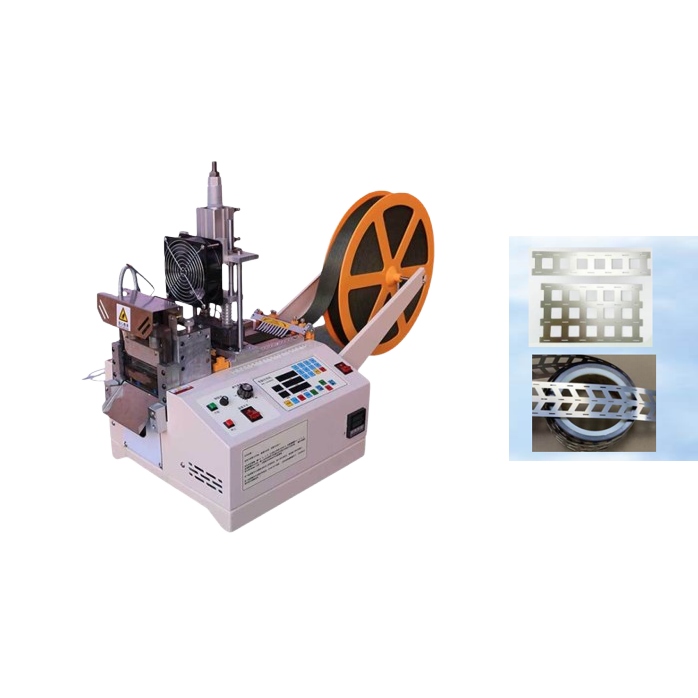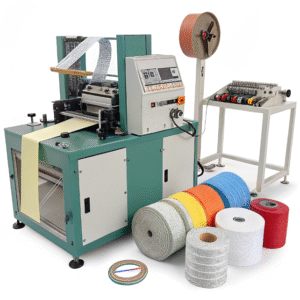How do industrial vinyl sticker cutting machines handle high-density adhesive materials?

Cutting sticky vinyl isn’t easy—I’ve seen blades jam and designs ruined from poor settings.
Machines designed for high-density adhesive use servo-controlled depth, non-stick blades, and controlled feed tension to slice without drag or residue.
Industrial vinyl sticker cutting machines efficiently process high-density adhesive materials using adjustable cutting pressure, precision control systems, and specialized blades such as tangential or drag knives. These features ensure clean, accurate cuts even on thicker or more durable vinyl types. Ideal for commercial-scale production, these machines deliver high-performance output with consistent quality, making them essential for professional vinyl cutting applications.
Let’s explore how top-tier cutters manage tough vinyl sticker materials with ease.
What maintenance routines optimize blade longevity in sticker production?
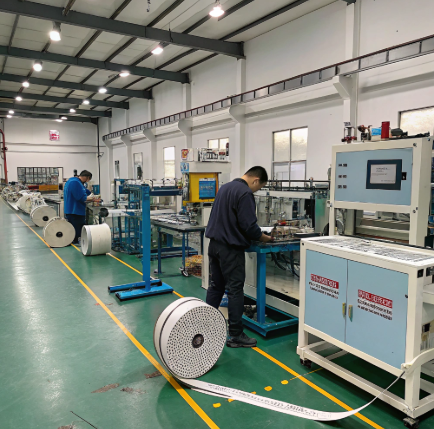
Blades wear fast on sticky stock. I learned this the hard way—early replacements killed our margins.
Daily cleaning, correct pressure, blade tracking, and timely replacements extend lifespan and ensure clean sticker cuts.
Here’s how to maximize blade value in sticker production.
How do industrial vinyl sticker cutting machines handle high-density adhesive materials?
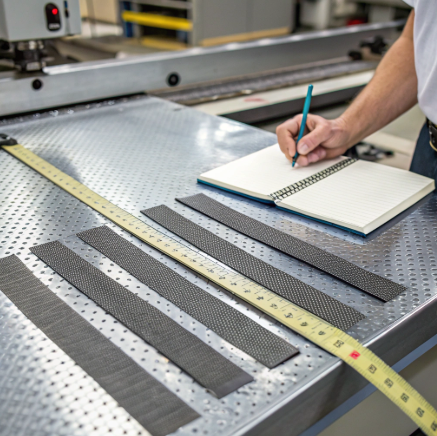
Dense adhesives cling to blades and jam up feeding systems. It’s a common problem if machines aren’t designed to handle sticky substrates.
Industrial sticker cutters use blade coating, servo control, smart software, and tension balance to handle tough adhesive vinyls without clogging or tearing.
Dive deeper: handling high-tack vinyl
1. Non-stick blade coatings
Blades with Teflon or ceramic coatings reduce adhesive buildup. They also heat less and avoid dragging soft vinyl edges.
2. Blade pressure modulation
CNC or servo-controlled depth adjustment ensures cuts reach the backing liner without slicing through. This prevents blade wear and uneven cutting.
3. Intelligent feed rollers
Rollers coated with silicone or textured surfaces guide adhesive stock without slipping or leaving residue.
4. Static elimination
Charged vinyl attracts dust and builds resistance on blades. Static bars or ionizers prevent dust and sticking issues.
5. Cooling modules
Some machines introduce cool air across the blade path to reduce material softening and adhesive spread.
6. Sensor-guided alignment
Automatic registration ensures intricate sticker outlines match printed visuals, even on dense adhesive substrates.
Machine Feature Table
| Feature | Benefit |
|---|---|
| Non-stick coated blades | Less adhesive build-up |
| Servo pressure control | Clean cut without over-penetration |
| Tension-controlled rollers | Prevents skewing & slipping |
| Static removal devices | Better feed consistency |
| Smart alignment system | Precise contour matching |
HAOXINHE Example
Suzhou Haoxinhe’s high-speed trademark cutting machine includes non-stick blade tech and dynamic servo control. In Singapore, one client reduced miscuts by 75% when switching to our smart adhesive-cutting platform.
What maintenance routines optimize blade longevity in sticker production?

Even the best blade dulls fast when faced with adhesive buildup and poor cleaning habits.
The right maintenance routine reduces drag, preserves sharpness, and extends each blade’s usable lifespan.
Dive deeper: maintenance for blade health
1. Daily cleaning
Use solvent wipes or soft brushes to remove glue buildup from blade edge, housing, and roller tracks.
2. Blade rotation strategy
Track usage per blade (cuts or time). Rotate between blades daily or weekly to prevent overheating and fatigue.
3. Cut-depth calibration
Check pressure weekly using test cuts. Too much force dulls blades early; too little causes tear-outs.
4. Liner inspection
Ensure the blade scores but doesn’t cut through liner. Overcutting wears edges and damages rolls.
5. Adhesive-specific lubrication
Light silicone spray on the blade (if compatible) can prevent gum buildup—test carefully before regular use.
6. Sharpness testing
Use a standard sticker material for edge inspection. Frayed or lifted corners signal dullness.
7. Replacement logging
Track blade replacements and material types to detect wear patterns and optimize reordering.
Blade Care Routine Table
| Task | Frequency | Notes |
|---|---|---|
| Clean blade | Daily | Use vinyl-safe solvent |
| Inspect blade edge | Daily | Visual and test cut |
| Calibrate cut pressure | Weekly | Based on thickness and backing |
| Rotate blade in holder | Weekly | Distribute wear evenly |
| Replace blade | As needed | After >10k–20k cuts or damage |
Real Case
One client using HAOXINHE webbing ribbon cutting machines for sticker roll processing extended blade life from 3 to 7 days by adding daily cleaning and static brush cleaning—doubling production efficiency.
Conclusion
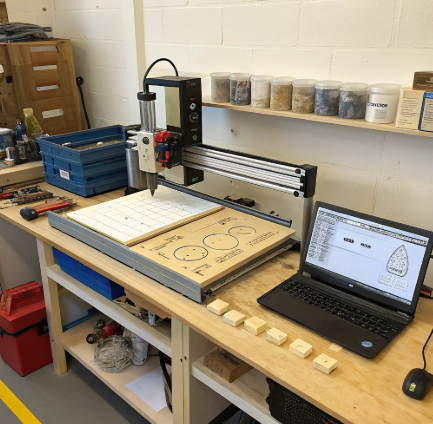
Cutting dense vinyl stickers demands coated blades, smart controls, and daily care. These practices ensure clean results and longer tool life.
Insight: What maintenance routines optimize blade longevity in sticker production?
In high-volume sticker operations, blade degradation isn’t just a maintenance issue—it’s a profit leak. I’ve worked with factories where the only difference between a 5-day and 2-day blade cycle was disciplined cleaning. The adhesive from vinyl stock acts like hot glue: it cakes quickly, dulls fast, and warps delicate blade tips if ignored.
The best-performing plants run maintenance as part of shift protocol, not end-of-week cleanup. That means blades are wiped with adhesive-safe solvents at each shift change, and roller tracks are kept free of buildup that can pull foil or skew cuts.
One pro tip? Use liner scoring tests daily. If your blade cuts through the liner or leaves inconsistent scoring, it’s either misaligned or worn—both of which silently degrade cut quality. Also, stagger your blade rotation based on job length. For instance, rotate every 15k cuts if working on dense stock.
Logging blade life by material type is another high-yield tactic. This builds a predictive maintenance model—so you swap blades before failure, not after miscuts start piling up.
Bottom line: Blade longevity isn’t about better steel—it’s about better habits.
Suzhou Haoxinhe Electrical Equipment Co., Ltd. builds sticker-cutting solutions with servo-controlled blade depth, anti-adhesive features, and static-safe rollers. Combined with smart maintenance, these machines support clean cuts and efficient sticker output—ideal for high-volume label converters and graphic shops.
